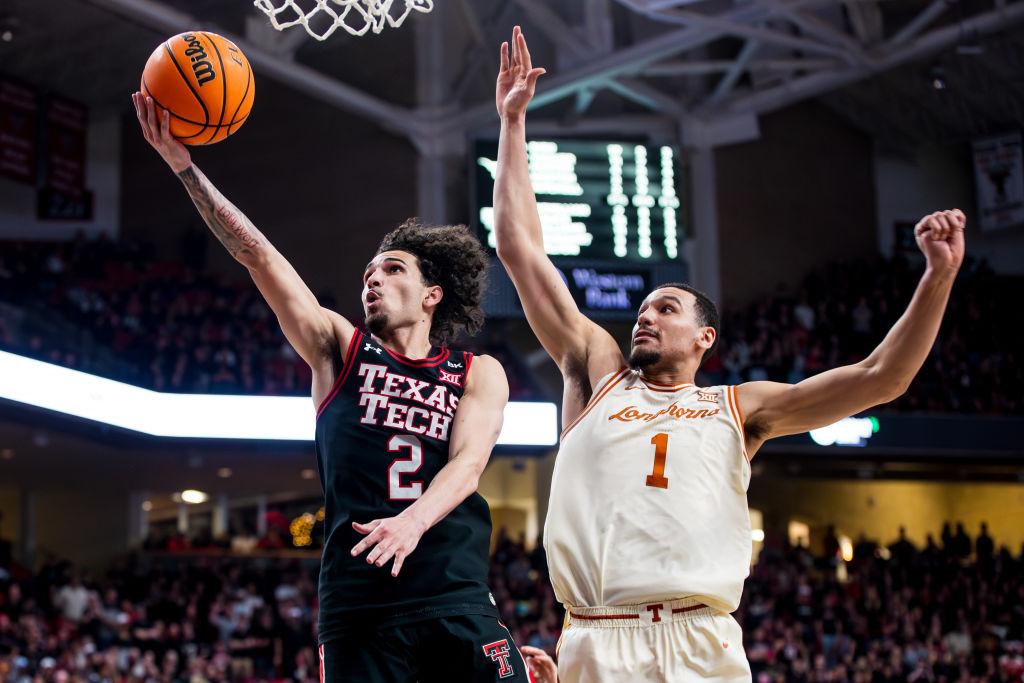News Analysis
The term “March Madness” has always conjured colorful images of improbable dreams, incredible drama, and championship glory.

The term “March Madness” has always conjured colorful images of improbable dreams, incredible drama, and championship glory.